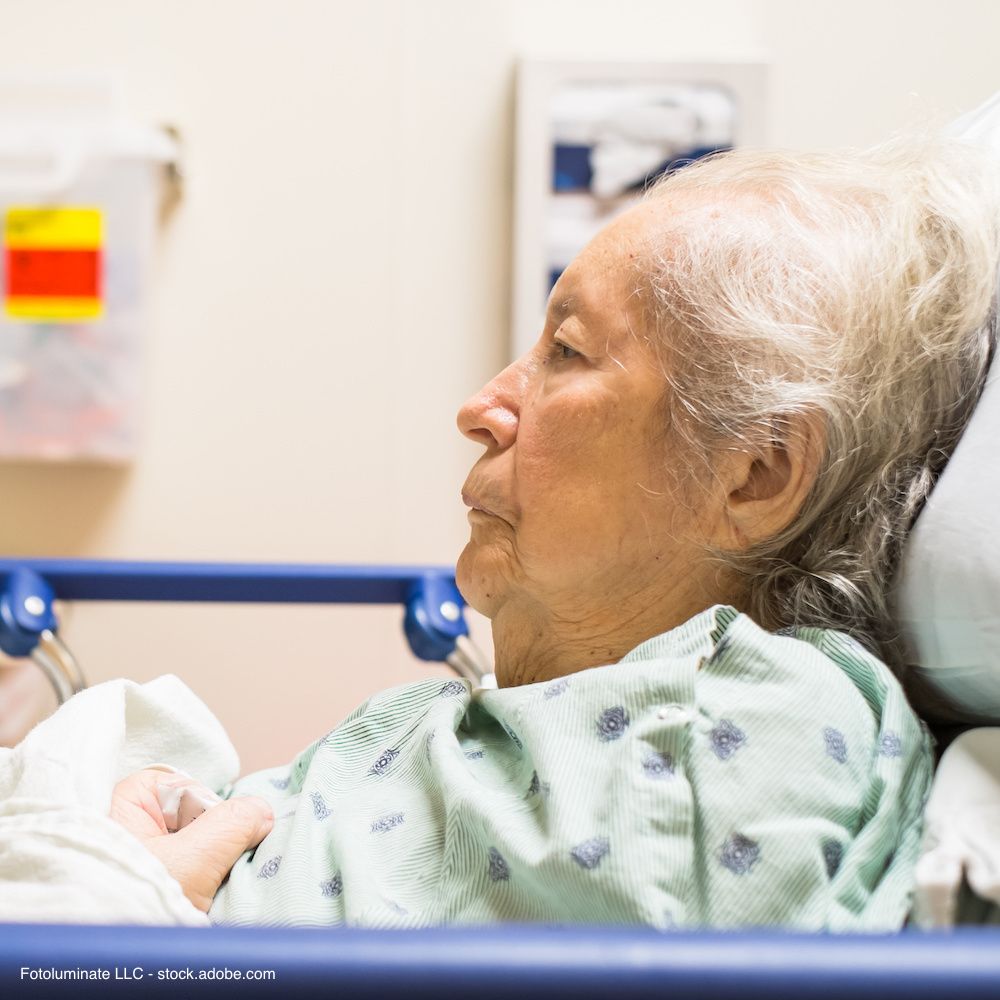Article
Worse perioperative outcomes seen in bladder Ca patients ≥80 years
A study investigating discharge destination and perioperative complications after radical cystectomy provides useful data for risk stratification and preoperative counseling of patients 80 years of age and older, said Hayden M. Hill, MD, who presented the research at the American College of Surgeons Clinical Congress in San Francisco.

A study investigating discharge destination and perioperative complications after radical cystectomy provides useful data for risk stratification and preoperative counseling of patients 80 years of age and older, said Hayden M. Hill, MD, who presented the research at the American College of Surgeons Clinical Congress in San Francisco.
The study was done using the ACS National Surgical Quality Improvement Program (NSQIP) database and identified 5,628 patients who underwent radical cystectomy from 2011 through 2016. Of the total population, 11.4% were ≥80 years of age. Compared with their younger population, the 80+ year-old group had a significantly longer hospital stay (median, 8 vs. 7 days) along with significantly higher rates of discharge to a facility (33.5% vs. 11.8%) and adverse perioperative outcomes.
Also see: Financial toxicity prevalent with bladder Ca patients
“As the number of elderly patients with muscle-invasive bladder cancer will likely increase, we were interested in investigating their perioperative outcomes and discharge destination after radical cystectomy based on data from a previous study revealing that discharge to a skilled nursing facility after this operation was associated with increased 90-day mortality,” said Dr. Hill, urology resident, Ochsner Clinic, Jefferson, LA. “The NSQIP database only includes 30-day follow-up, but we believe that the increased rate of discharge to a facility we found for older patients likely equates to further adverse outcomes that may not be well captured by other studies.
“Our findings can help clinicians have an informed risk-benefit conversation with elderly patients and their families. Many older patients are good candidates for radical cystectomy, and our message is in no way meant to advocate against performing curative treatment in older patients with muscle-invasive bladder cancer,” added Dr. Hill, working with Daniel J. Canter, MD, and Kathleen Lata Arias, MPH.
Within both study age groups, the majority of patients were male (~82.5%) and Caucasian (~94%). A significantly higher percentage of octogenarians compared to patients age <80 years had an ileal conduit (93.9% vs. 77.2%).
Next: Major complications more common in younger patientsMajor complications more common in younger patients
Complications were analyzed with events categorized as minor, major, and death. The percentage of patients with none of these events was significantly higher among the younger patients compared with those aged ≥80 years (44.9% vs. 40.4%). Minor complications were significantly more common among the older patients than the younger patients (41.8% vs. 36.0%), and the mortality rate was higher in the older patients (4.4% vs. 1.4%). There was a significantly higher rate of major complications in the patients age <80 compared with those ≥80 years (17.7% vs. 13.4%).
“Because the data collection period for the NSQIP database is limited to 30 days, our study may underestimate the surgery-related mortality and morbidity,” said Dr. Hill.
A multivariable regression analysis was performed to identify risk factors for discharge to a facility. Independently associated predictors included age >80 years, male sex, African-American race, continent diversion, and several comorbidities (diabetes, chronic obstructive pulmonary disease, obesity).
Read: Survival rates appear comparable for robotic, open cystectomy
Dr. Hill observed that when interpreting the study results, it must be kept in mind that the study only included data from patients selected to undergo surgery and not from those deemed to be non-operative candidates. He also noted that because the NSQIP database lacks information on pathologic variables and surgical technique, the study could not account for potential differences between study groups with respect to tumor type, tumor aggressiveness, or indications for surgery.
In addition, it does not reflect the likelihood that centers may vary in perioperative practices and that outcomes after radical cystectomy may vary between regions and patient populations.
Tell us what you think! Email comments to urology_times@mmhgroup.com
Newsletter
Stay current with the latest urology news and practice-changing insights — sign up now for the essential updates every urologist needs.















